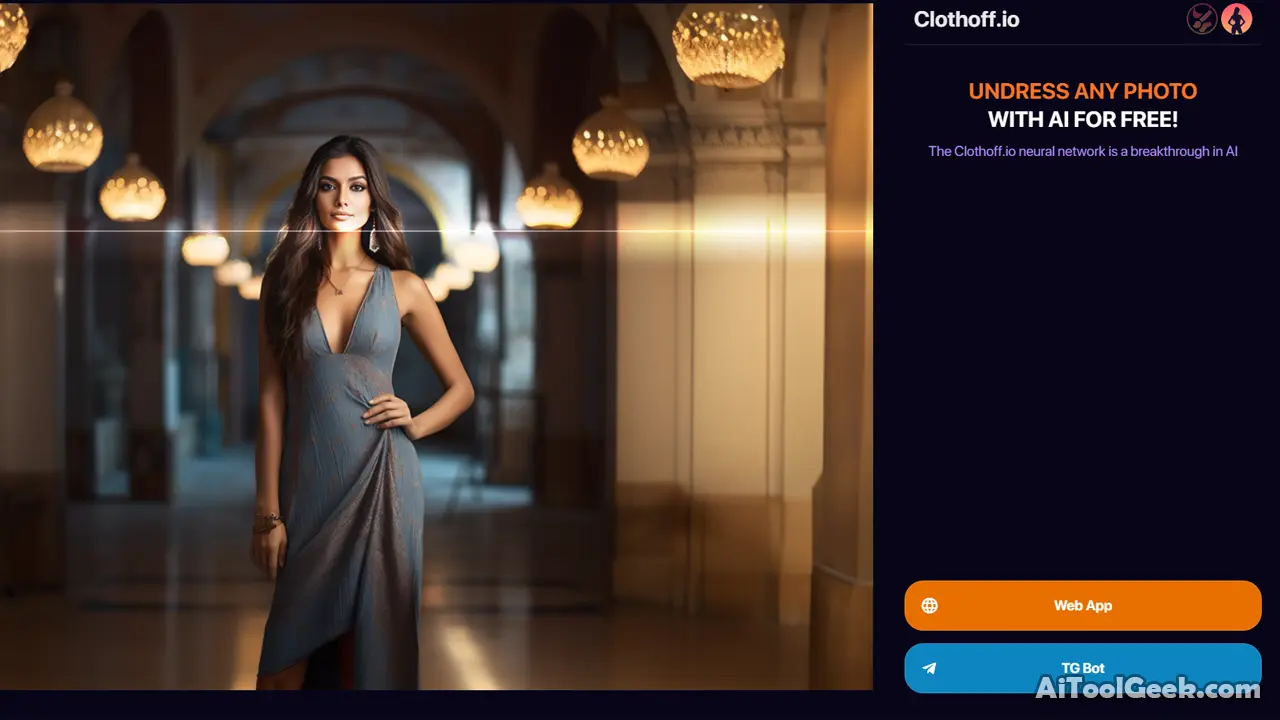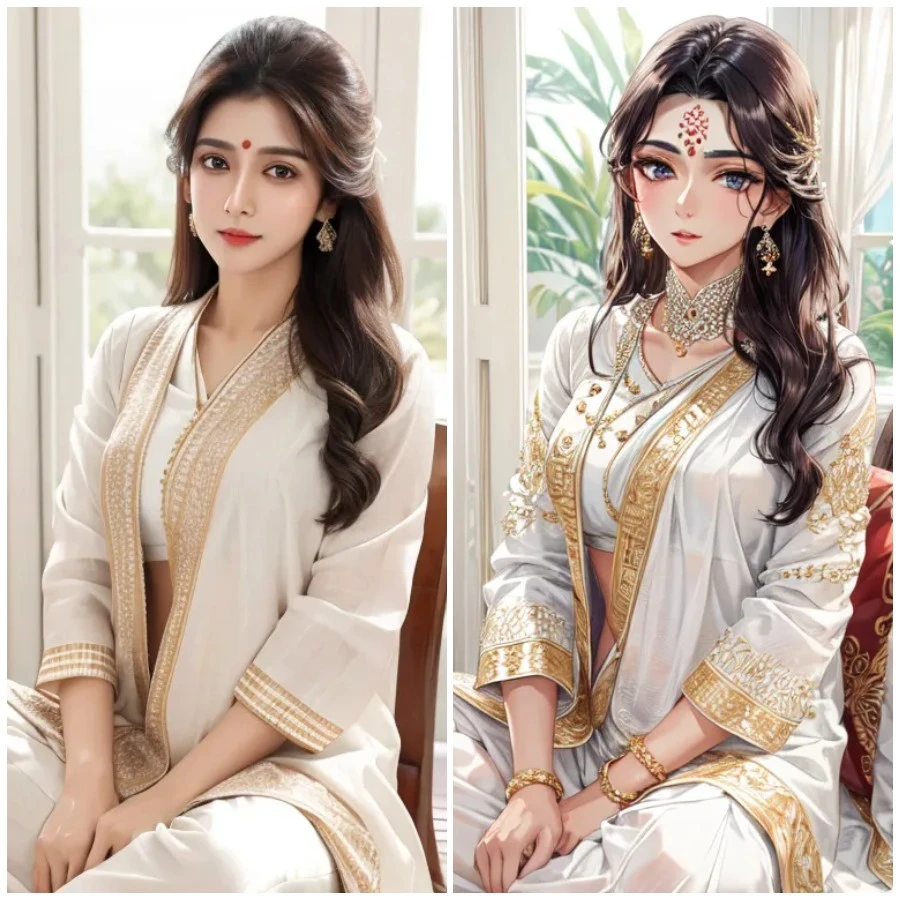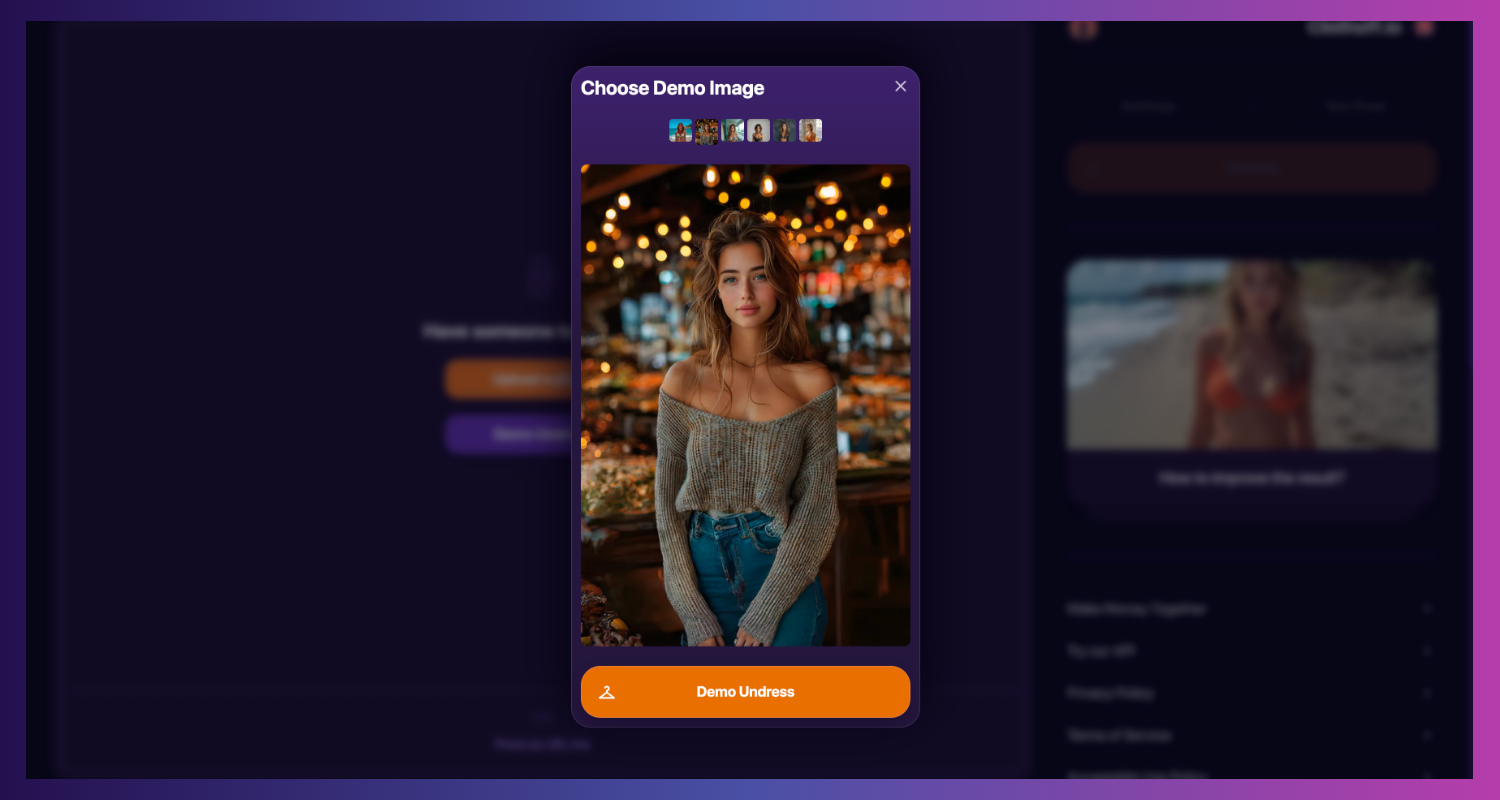Is the digital frontier truly a canvas for limitless creation, or a labyrinth of unseen consequences? The rise of AI-powered image manipulation tools, particularly those that promise to "remove clothes" from images, has ignited a complex debate about artistic expression, ethical boundaries, and the evolving nature of reality.
The capacity to alter images, to strip away the visual markers of clothing, has become a prominent feature of the digital landscape. "Ai clothes remover" tools, as they are commonly known, are experiencing a surge in popularity, promising users a pathway to explore their creativity in unprecedented ways. These tools, driven by artificial intelligence, are advertised as capable of altering images by removing clothing. This begs the question: are these tools a boon for artistic exploration, or a gateway to potential misuse and exploitation?
One such tool, Clothoff.io, exemplifies this trend. Clothoff.io allows users to experiment with image alteration, offering a limited free trial, with options for advanced features that require users to purchase coins. However, the landscape of these tools is varied. Eraser, for example, is another free undress AI tool, accessible on both desktop and mobile devices, broadening accessibility for those seeking to manipulate images.
At the heart of the technology lies a complex interplay of algorithms, designed to identify and remove clothing from images. Clothoff.io, similar to platforms like DeepNudeNow, aims to achieve seamless results. The process generally involves uploading an image, after which intelligent algorithms analyze and modify the picture.
The promise of this technology extends beyond simple image manipulation. In fields such as fashion design, the potential to visualize and experiment with clothing designs in a 3D virtual environment is immense. With "ai clothes changer" tools, designers can virtually experiment with different styles, fabrics, and colors, streamlining the design process and minimizing the need for costly photoshoots.
The application of these tools also raises questions about the boundaries of artistic expression. "In the digital age," as the saying goes, undress ai image editing has become a popular form of artistic expression. Yet, the ease with which images can be altered prompts an ethical debate about what constitutes acceptable use.
- Chloe De Launay Karim Benzema Relationship Insights Updates
- Unveiling Diva Flawless Biography Pics Social Media Insights
The functionality of these tools is relatively straightforward. Users are prompted to input descriptions of desired features, like character gender, body type, pose, and the instruction to remove clothing. The AI then generates unique images based on these prompts. The tools can be considered in this manner as a blend of both power and peril.
One of the concerns is the potential for misuse, especially regarding the non-consensual creation of explicit images. The ability to remove clothing from any image raises significant ethical questions. Another concern revolves around the accuracy of the results. While the algorithms are improving, the outcomes are not always perfect. The level of realism varies between different tools, such as Clothoff, which is generally considered less accurate than DeepNudeNow.
Beyond these concerns is the broader impact of this technology on our perception of reality. The ease of manipulation raises questions about the authenticity of the images we see. How do we distinguish between the real and the manipulated, especially in a society where images have become such a powerful tool for information and persuasion?
For those interested in exploring fashion design and the potential of AI, the following table provides insight into some of the AI-powered tools that are used in this creative landscape. This is not an endorsement of tools that have the capacity to remove clothing but aims to highlight the broader application of AI within the fashion industry:
| Tool Name | Description | Key Features | Potential Uses in Fashion | Availability | Link to Website |
|---|---|---|---|---|---|
| AI Fashion Model Tool | AI-powered platform for virtual fashion design. | Style and color experimentation, fabric simulation, virtual try-on capabilities. | Creating and visualizing clothing designs, exploring different styles and colors without manual editing or expensive photo shoots, developing new look books. | Online, various providers | Example AI Fashion Website |
| 3D Design Software (with AI integration) | Software that leverages AI for design assistance. | Automated pattern generation, style suggestions, smart fabric simulation. | Simplifying the design process, experimenting with various design possibilities, reducing manual design efforts. | Available, paid and free versions. | Example 3D Design Software |
| AI-Powered Fabric Simulators | Tools that realistically simulate how fabrics will drape and behave. | Fabric parameter adjustment, visualization of folds and drapes. | Refining garment design, assessing fabric choices, enhancing the realism of virtual clothing. | Often integrated into 3D design software. | Example Fabric Simulators |
The landscape of "ai clothes remover" is marked by a duality. On one hand, it is a powerful tool for artistic expression and creative exploration. On the other hand, it presents a significant ethical challenge, particularly in the area of consent and potential misuse. The technology is rapidly evolving. The development of increasingly sophisticated tools that raise more significant questions on privacy, consent, and the integrity of digital images. The users and developers must weigh the potential for creativity against the risk of harm.


